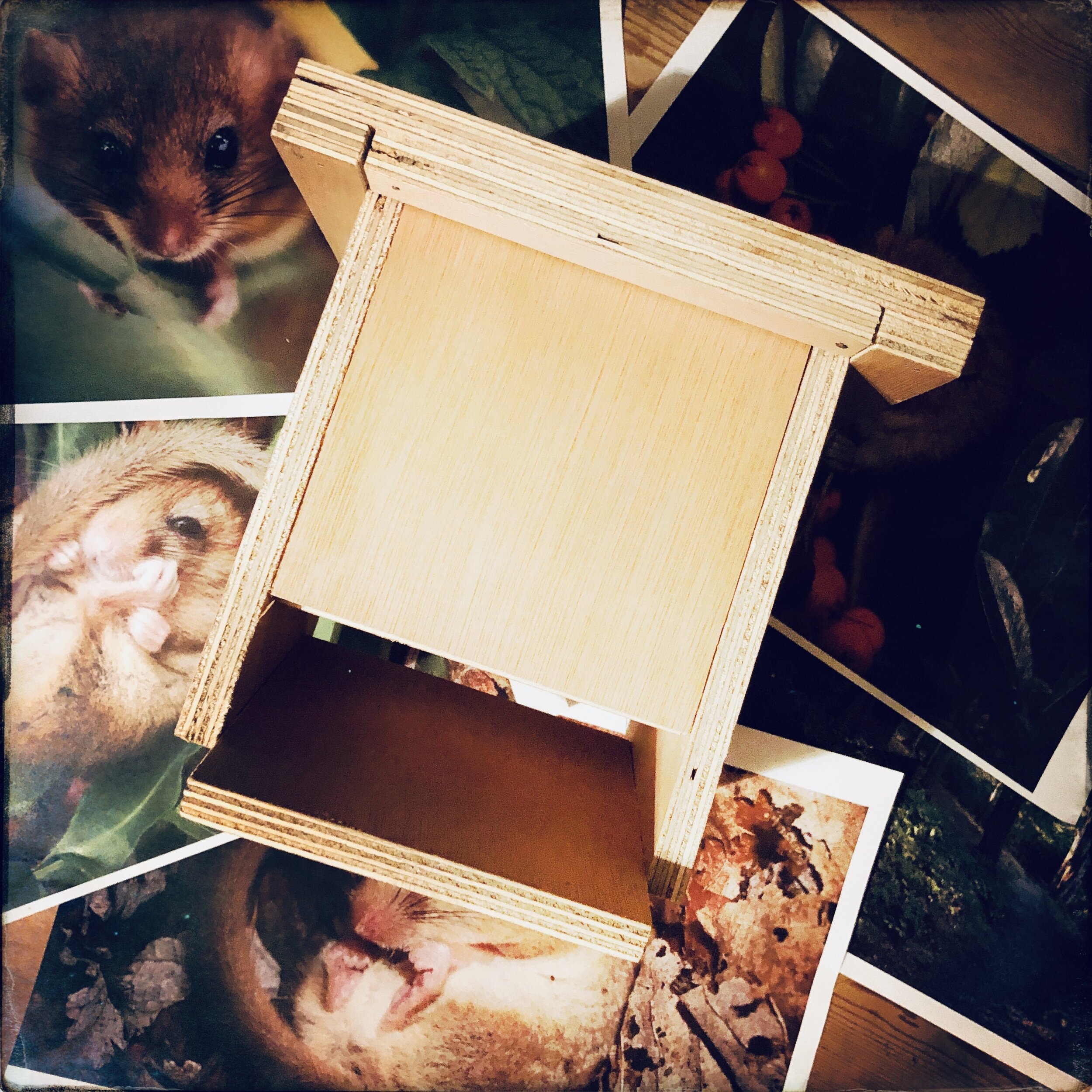Some of the images used by the Brownies to inspire their messages to the dormice.
The Southborough Society are working hard on increasing the biodiversity on our land ‘Doctor’s Meadow’ which adjoins Southborough Common. Aside from all the work Kent High Weald Partnership and its volunteers have done on clearing willow, bracken, holly and other species that had overwhelmed the area, we are keen to improve the local fauna too.
After commissioning the Kent Wildlife Trust in 2017 to undertake a survey of the site, it suggested that endangered Hazel Dormice could inhabit the site and that this should be encouraged. Britain’s dormice population has declined a huge 51% since 2000 and are now predominantly confined to Southern England and Wales.
So to help these little guys out we have initiated a project in collaboration with Southborough Brownies and Cubs to construct nest boxes for the dormice to use in the Spring/Summer. The Brownies and Cubs have created poems that will be inscribed on the base of the nest boxes they make that will be installed soon on Doctor’s Meadow.
The nest box the Brownies and Cubs will be constructing.
We’d like to thank Alsford Timber, Tonbridge for donating the materials to support this project.
Here are a couple of examples of the poems from Southborough Brownies. We look forward to making the boxes together!























